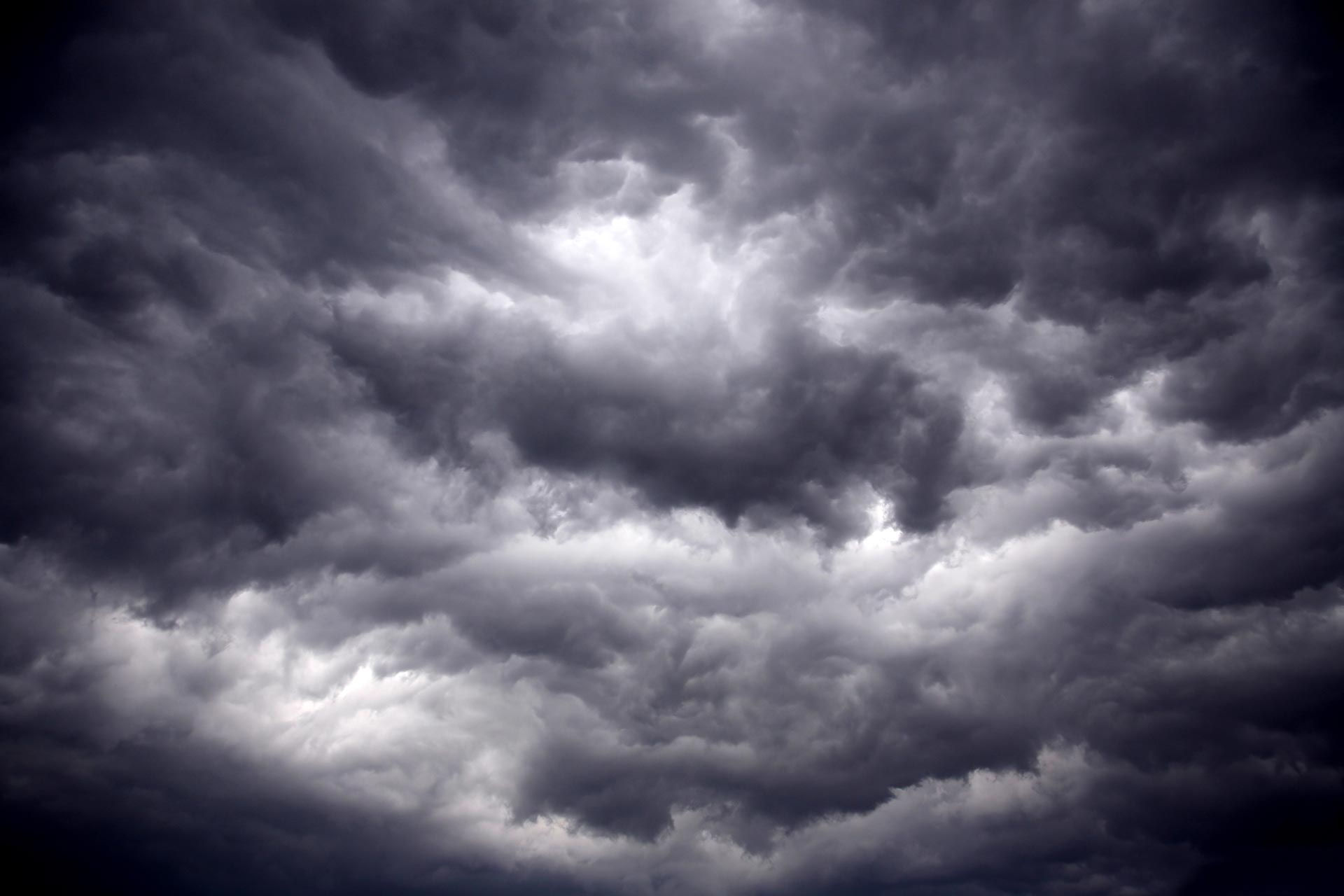QUIET TIMES DURING PEAK SEVERE WEATHER SEASON....
- rebeccakopelman
- Jul 5, 2020
- 2 min read
We haven't had to talk too much about severe weather recently, which is a good thing. However, it is unusual. We have essentially passed the "peak" of tornado season in the Upper Midwest, but July is still an active month typically. In the U.S. there were 351 tornado reports in July, 140 in May, and 108 in July.
Here's a look at the tornado report count across the U.S. for 2020

In Iowa there have been 23 confirmed tornadoes with 31 reports in Illinois so far. Iowa typically averages around 50 tornadoes per year, Illinois averages around 64. The bulk of those tornadoes come between April to June. But in June Iowa had just one tornado (rated an EF-U, unknown, didn't produce any damage). I can only find one tornado in Illinois in June (also was weak).
This is not just confined to the Midwest, June was unusually quiet across the country. Here's some stats/graphics from the Storm Prediction Center:



Now this time of year we do start to trend downward (typically) for tornadoes. However, July is very much still a part of severe weather season. Here's a look at the area where severe weather is most likely in early July:

Right now we are under a "ring of fire" pattern, so it's hot and humid, but mostly dry. There is an area of high pressure in the upper levels of the atmosphere and that leads to warm air at the surface and warm air way up above our heads. This has forced the jet stream to the north (storm track lies basically on the edge of the heat dome) and also tends to suppress a lot of thunderstorm activity (warm air aloft doesn't allow for storms to grow).

There will be isolated thunderstorms in this situation, but more of the organized systems are with the jet stream (area of storminess on the map above is in blue in the PNW). So there are not a lot of ingredients for severe weather right now. There may be some strong storms later this week that we'll keep an eye on, but the peak of severe weather season has come and gone rather quietly.
RK













Comments